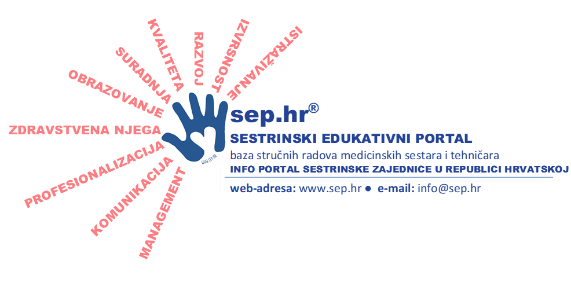Autori: Ged Williams
Ustanova zaposlenja: Gold Coast Health Service District
Ključne riječi: critically ill patient, hospital patient, rapid response system, Medical Emergency Team(MET)
Kongres/Simpozij: ”5. Međunarodni kongres HDMSARIST-a” i ”8. Međunarodni kongres WFCCN-a”
Mjesto i vrijeme održavanja: Šibenik, 12.-15. travnja 2012. godine
Literature suggests antecedent indictors to identify a deteriorating patient in the hospital ward can be measured, responded to early and treated appropriately (1, 2). If clinical staff are informed and educated to identify these antecedent measures it is possible that they can raise the alarm for help early, and before further deterioration occurs. In many hospitals Rapid Response Systems (RRS) are being formulated to ensure a systematic response mechanism is in place to respond rapidly to the deteriorating patient.
Medical Emergency teams (MET) or Rapid Response Teams (RRT) are small teams of health professionals (usually doctors and nurses from critical care backgrounds) that can be called as soon as an antecedent measure is detected as being reached. Commonly used antecedent measures are pulse, blood pressure, respiratory rate, oxygen saturation, temperature, neurological state and others signs of deterioration in the patients overall wellbeing (2,3).
This presentation will provide a case study of the development of a RRS and MET team in a teaching hospital that was able to demonstrate immediate benefits from this approach to deteriorating patients. Variations to the RRS and MET structure are possible to suit the particular context and environment of each hospital, however some common principles remain standard in all (4,5).
